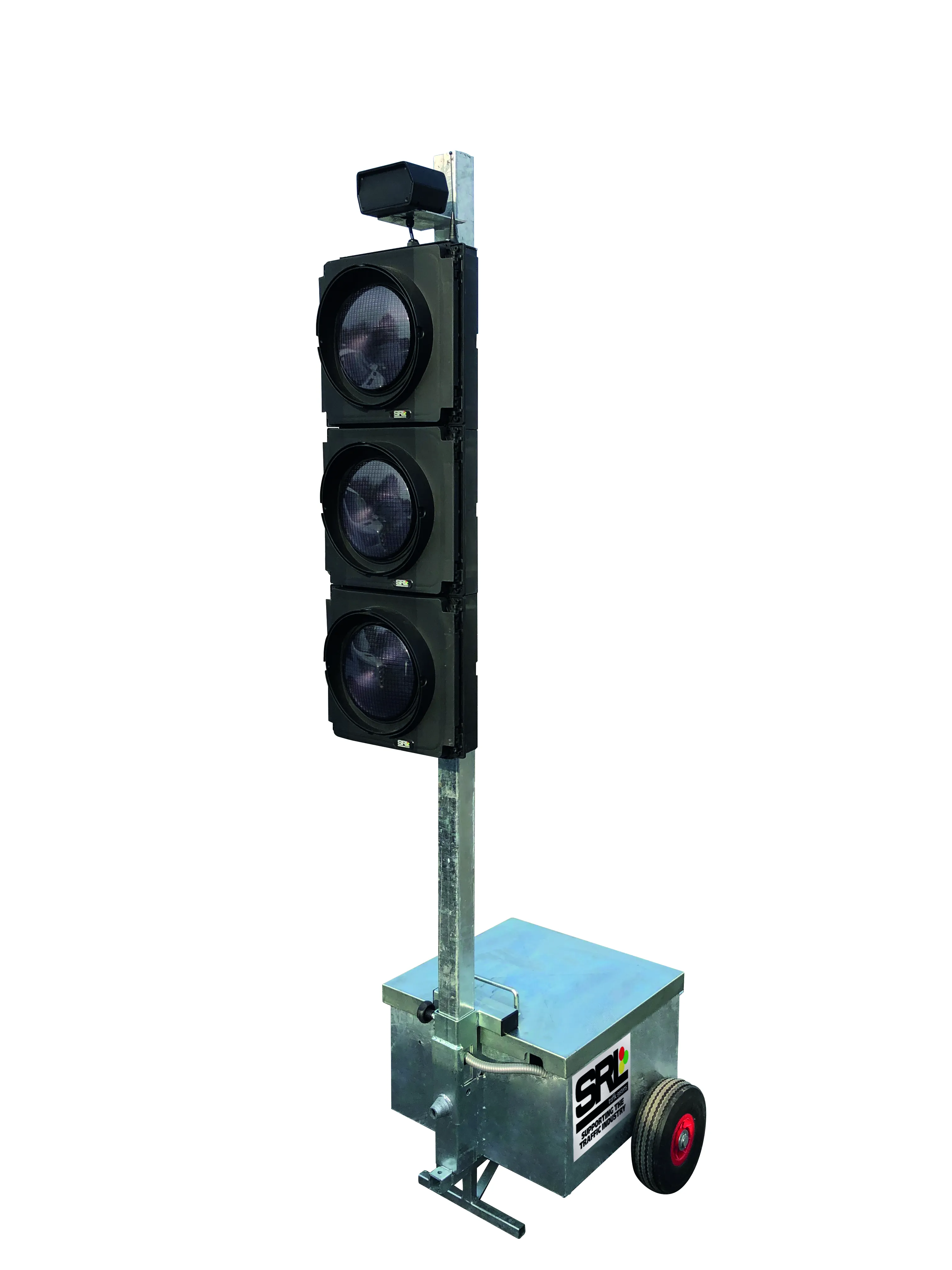Navteq has announced the launch of Navteq Traffic in the United Arab Emirates, the first traffic launch for the company in the Middle East. According to recent company research, traffic information is the most sought after navigation-related feature on GPS navigation devices with 96 per cent of wireless navigation users saying they want the feature and 89 per cent of those with in-car navigation citing a desire for real-time traffic in UAE.
March 2, 2012
Read time: 2 mins
According to recent company research, traffic information is the most sought after navigation-related feature on GPS navigation devices with 96 per cent of wireless navigation users saying they want the feature and 89 per cent of those with in-car navigation citing a desire for real-time traffic in UAE. Additionally, traffic-enabled navigation users in this region spend 18 per cent less time driving on average than those without navigation, or an annual saving of four days on the road.
Navteq’s comprehensive new coverage in this region includes more than 3,700 kilometres of roadways for UAE’s three largest cities - Dubai, Abu Dhabi and Sharjah, covering over 50 percent of the region’s population.
The service links up-to-the minute traffic information to map data and enables wireless transmission directly to in-vehicle navigation systems, personal navigation devices and cell phones. It delivers detailed information about traffic speeds, allowing drivers to make better routing and re-routing decisions.










